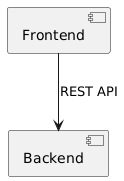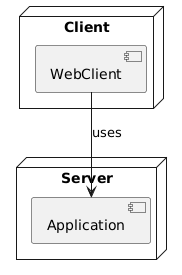UML Diagrams MCQs Questions With Answers – Part 29
Test your knowledge and boost your confidence with these multiple-choice quizzes focused on UML diagrams, foundational software engineering concepts, and real-world best practices. Designed for students, developers, and exam candidates, these MCQs offer a quick and effective way to assess your understanding and sharpen your skills.
1. In UML, what does an arrow on an association between two classes indicate?
A A directional dependency
B An inheritance relationship
C An implemented interface
D Navigability: the source class can access the target class
2. How is an abstract class represented in a UML class diagram?
A In italics
B With a # in front of its name
C With <<abstract>>
D With a gray background
3. In a UML deployment diagram, a node represents:
A A logical component
B A main class
C A data packet
D A physical resource (hardware or software)
4. Can a use case include several other use cases in UML?
A No, only one <<include>> is allowed
B Yes, but only if they are conditional
C Yes, it can include as many cases as needed
D Yes, but only if they are actors
5. What is the role of a port in a composite structure diagram?
A Specifies an OCL constraint
B Determines the multiplicity of an attribute
C Defines a state transition
D Represents a point of interaction between a component and its environment
6. What does this arrow represent?

A A synchronous call
B A dependency between two modules in a component diagram
C An inclusion
D A logical composition
7. What modeling error can result from incorrect multiplicity?
A Memory overload in the diagram
B Objects created without mandatory links when the link is essential
C Circular inheritance
D Loss of type information
8. What is the difference between a final node and a final state in UML?
A None, they are two terms for the same thing
B The final node applies to activities, the final state to states
C The final node is temporary, the final state is permanent
D The final state ends all flows simultaneously
9. Which diagram allows you to model navigation between several screens of a mobile app?
A Deployment diagram
B Activity diagram
C Use case diagram
D Communication diagram
10. What does {ordered} mean?

A The items are all identical
B The items are arranged in a specific order
C The items are all read-only
D The order is random







